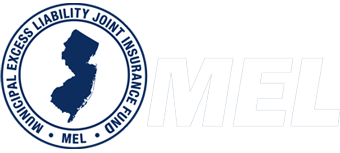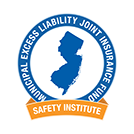The MEL Mission
- Provide leadership and innovation in the financing and management of risk.
- Proactively deliver essential coverages and loss control techniques required to improve the operational practices of our members.
- Organize and provide the support to create a community-wide focus on safety in order to protect the public we serve at the workplace, on our streets and in our recreation areas and homes.
The MEL Story: A New Jersey Solution for Our Hometown
For over three decades, Joint Insurance Funds (JIFs) have modernized risk management for New Jersey local government. It’s a record of saving tax dollars and protecting the bottom line for New Jersey’s extraordinary hometowns.
JIFs affiliation with MEL has saved taxpayers over $3.5 billion dollars—an unprecedented record on behalf of citizens. The MEL membership includes 595 local public entities: 393 municipalities; 90 housing authorities; 72 sewer/utility authorities; 36 fire/first aid districts; 2 health commissions; 2 parking authorities; and 1 county.
NOTE: By law, a JIF is a local governmental entity, not an insurance company. That means that each member appoints a commissioner, and every month mayors, council members and other local officials come together at the local JIF meetings to make the decisions.
JIFs are subject to all the laws covering local government, such as the Open Public Meetings Act, the Public Contracts Law, the Fiscal Affairs Law and the Local Officials’ Ethics Act. Because the members have a strong sense of ownership, they apply considerable peer pressure on each other to prevent accidents and reduce costs.
MEL JIF Annual Reports
Member Success Stories
The MEL and the local JIFs have a tremendous impact on their member communities. There are so many amazing stories of success to be told, these are just a few.
Municipal Excess Liability Joint Insurance Fund
9 Campus Drive, Suite 216,
Parsippany, NJ 07054
Phone: 201.881.7632
Fax: 201.881.7633
mel@permainc.com
© Copyright 2024 | Municipal Excess Liability Joint Insurance Fund | All rights reserved






